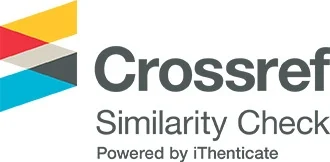The Prevalence and Risk Factors of Mobile Phone BacterialContamination, and the level of students' awareness of the role ofimmune blood cells against these bacterial agents Among HealthSciences Students: Elmergib University (Al- Khums City)
DOI:
https://doi.org/10.65137/lmj.v10i2.276Abstract
Background: Mobile phones are an indispensable tool in students' academic and daily lives, and their frequent use makes them a potential means of transmitting bacteria from users' hands.
Objectives: This study was conducted to identify bacteria present on touch screens of smartphones and to determine potential factors that may influence bacterial contamination of mobile phone surfaces with bacteria and the level of students' awareness of the role of immune blood cells against these bacterial agents of students of the faculty of Health Sciences in Al-Khums city.
Methods: The study was conducted at the faculty of Health Sciences from November 2024 . 200 swabs were collected from 200 mobile phones, and a questionnaire was distributed to all participants to collect data. Swab samples were taken from participants' phones and cultured to identify bacterial contamination in the college's medical laboratory. Samples were cultured on blood agar and incubated at 37°C for 24 hours. Bacterial isolates were identified using conventional bacterial species identification methods.
Results: Our results showed that the mobile phone contamination rate with microorganisms reached 95.7%, with 282 microbes isolated from 200 swabs. Staphylococcus epidermidis was the most common, accounting for 33.8%, followed by Streptococcus pneumoniae (20.3%), Streptococcus pyogenes (14.3%), Escherichia coli (10.3%) Staphylococcus aureus (10.3%). Pseudomonas aeruginosa (5.0%), fungi (1.1%), and Klebsiella (0.7%) were also found.
Conclusion: mobile phones can be heavily colonized by high quantities of pathogenic bacteria and thus potential sources of disease transmission requiring application of sound personal hygiene as preventive methods.
Downloads
Published
Issue
Section
License
Copyright (c) 2025 Lebda Medical Journal

This work is licensed under a Creative Commons Attribution-NoDerivatives 4.0 International License.








